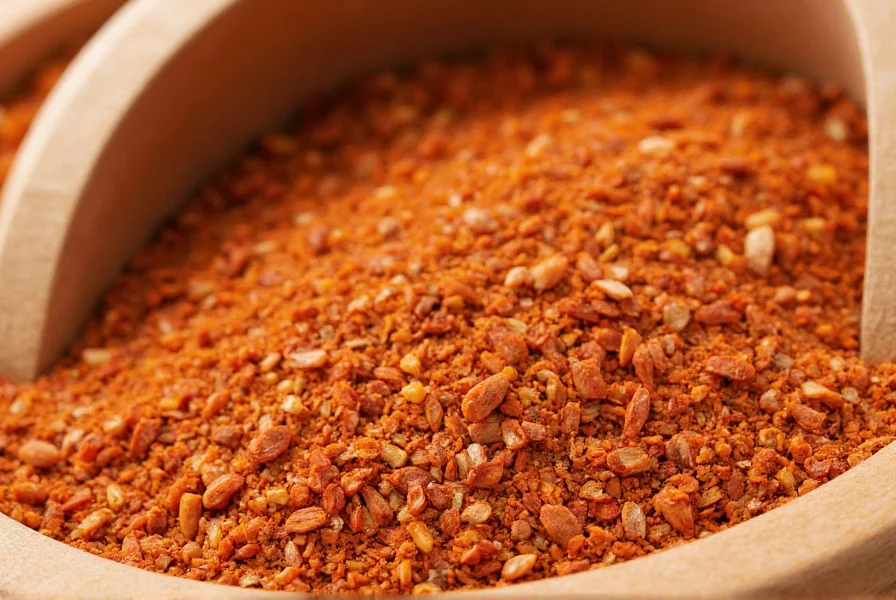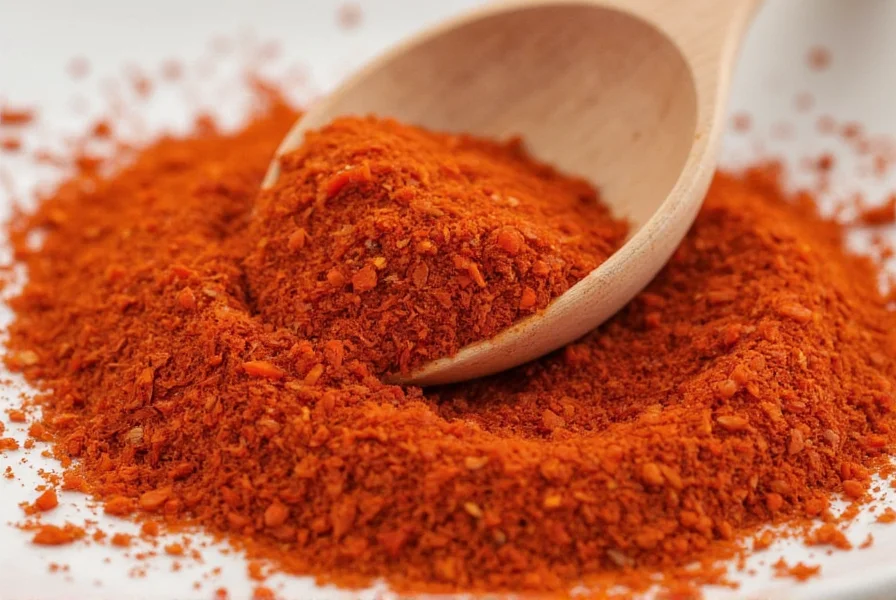Chicken owners constantly seek natural ways to enhance flock health and productivity. Red pepper flakes have gained attention in backyard poultry circles as a potential supplement, but many wonder about their actual benefits and safety. This guide examines the science behind using red pepper flakes for chickens, separating fact from folklore.
Understanding Capsaicin and Avian Biology
Chickens process capsaicin—the compound that makes peppers hot—differently than mammals. Birds lack the TRPV1 receptors that make capsaicin painful for humans and other mammals. This biological difference means chickens can consume spicy peppers without discomfort. In fact, wild birds naturally eat hot peppers, helping disperse the seeds.

Potential Benefits of Red Pepper Flakes for Chickens
While scientific research specifically on chickens and red pepper flakes remains limited, poultry experts have observed several potential benefits:
- Improved circulation: Capsaicin may enhance blood flow, potentially benefiting chickens in colder climates
- Egg production boost: Some studies suggest cayenne pepper supplementation correlates with increased egg production
- Natural parasite control: The compounds in red pepper flakes may create an unfavorable environment for internal parasites
- Immune system support: Antioxidants in peppers may contribute to overall health
Safety Considerations and Proper Usage
Despite the potential benefits, responsible usage matters. Excessive red pepper flakes can cause:
- Digestive irritation
- Reduced feed consumption
- Potential nutrient imbalance if overused
| Chicken Age | Recommended Amount | Frequency |
|---|---|---|
| Chicks (under 6 weeks) | Avoid completely | N/A |
| Pullets (6-20 weeks) | 1/4 teaspoon per pound of feed | 2-3 times weekly |
| Adult laying hens | 1/2 teaspoon per pound of feed | Daily |
How to Introduce Red Pepper Flakes to Your Flock
When adding red pepper flakes to chicken feed, follow these best practices:
- Start with small amounts to assess tolerance
- Mix thoroughly with regular feed to ensure even distribution
- Monitor your birds for any adverse reactions
- Gradually increase to recommended levels over 1-2 weeks
- Provide plenty of fresh water at all times
Scientific Evidence vs. Anecdotal Reports
While many backyard chicken keepers report positive results from using red pepper flakes, scientific evidence remains somewhat limited. A 2018 study published in the Journal of Poultry Science found that hens fed a diet containing 0.5% cayenne pepper showed a 5.7% increase in egg production compared to the control group. However, researchers noted that higher concentrations provided no additional benefit and could reduce feed intake.
When considering natural supplements like red pepper flakes for chickens, it's essential to distinguish between evidence-based practices and anecdotal claims. The most reliable approach combines traditional poultry knowledge with current scientific understanding.
Alternative Natural Supplements for Chicken Health
If red pepper flakes aren't suitable for your flock, consider these evidence-supported alternatives:
- Garlic powder (0.5-1% of feed) for immune support
- Pumpkin seeds for natural deworming
- Fermented feed for improved digestion
- Apple cider vinegar (1-2 tablespoons per gallon of water) for gut health
Common Misconceptions About Red Pepper Flakes and Chickens
Several myths persist in the poultry community regarding red pepper flakes:
- Myth: Red pepper flakes will make eggs taste spicy
Fact: Capsaicin doesn't transfer to egg yolks in significant amounts - Myth: All hot peppers affect chickens the same way
Fact: Different pepper varieties contain varying capsaicin levels - Myth: More red pepper flakes means better results
Fact: Excessive amounts can reduce feed consumption and cause digestive issues
Expert Recommendations for Using Red Pepper Flakes
Dr. Sarah Chen, a poultry nutrition specialist with 15 years of experience, advises: "Red pepper flakes can be a beneficial addition to chicken feed when used appropriately. The key is moderation—think of it as a supplement, not a replacement for balanced nutrition. I recommend starting with lower concentrations and monitoring your flock's response before increasing the amount."
When incorporating red pepper flakes for chicken mites control or other health purposes, remember they work best as part of a comprehensive flock management strategy that includes proper housing, nutrition, and regular health checks.
Conclusion: Making Informed Decisions for Your Flock
Red pepper flakes represent one of many natural options for enhancing chicken health. While they're generally safe and may offer benefits like improved circulation and potentially increased egg production, they're not a miracle solution. The most successful poultry keepers use red pepper flakes as part of a balanced approach to flock management, combining them with proper nutrition, housing, and healthcare.
As with any dietary change, introduce red pepper flakes gradually and monitor your chickens' response. When used appropriately, this common kitchen spice can be a valuable addition to your poultry care toolkit.
Frequently Asked Questions
Can red pepper flakes hurt chickens if given in excess?
Yes, excessive red pepper flakes can cause digestive upset in chickens. While chickens don't feel the 'heat' from capsaicin, too much can irritate their digestive tract, potentially leading to reduced feed consumption and diarrhea. Stick to the recommended amount of no more than 1-2% of total feed to avoid these issues.
Do red pepper flakes actually increase egg production in chickens?
Some studies and anecdotal evidence suggest red pepper flakes may modestly increase egg production, likely due to improved circulation and overall health. A 2018 study showed about a 5-6% increase at optimal concentrations. However, results vary, and red pepper flakes shouldn't replace proper nutrition as the foundation for healthy egg production.
How should I mix red pepper flakes with chicken feed?
Thorough mixing is crucial to ensure even distribution. Start by mixing a small amount of red pepper flakes with a portion of feed, then gradually incorporate that mixture into the larger feed batch. For adult laying hens, use about 1/2 teaspoon per pound of feed. Mix well and monitor your chickens' acceptance before increasing the amount.
Can I use fresh peppers instead of red pepper flakes for my chickens?
Yes, chickens can eat fresh peppers, including hot varieties. Many backyard chicken keepers offer whole peppers as treats. Fresh peppers contain the same beneficial compounds as red pepper flakes but in lower concentrations. If using fresh peppers, chop them into small pieces to prevent choking and introduce gradually to monitor tolerance.
Are there any chickens that shouldn't consume red pepper flakes?
Chicks under six weeks old should not receive red pepper flakes, as their digestive systems are still developing. Additionally, chickens with existing digestive issues or those recovering from illness might do better without this supplement. Always consult a poultry veterinarian before introducing new supplements to birds with health concerns.











 浙公网安备
33010002000092号
浙公网安备
33010002000092号 浙B2-20120091-4
浙B2-20120091-4